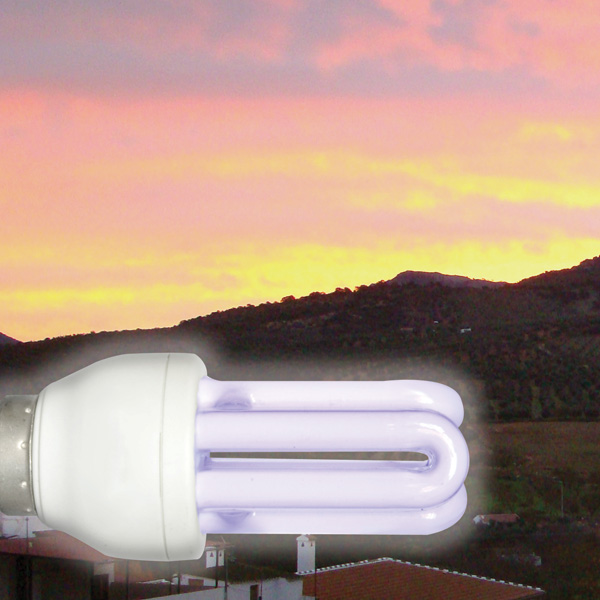 By Pauline James
By Pauline James
Parrots can suffer depression and other related problems in the winter, just like humans, and it is important parrot keepers are aware of this, and provide every preventative measure possible, to ensure their mental and physical well-being.
Winter means cold, wet and windy weather that parrots don’t like any more than we do, but if they have cosy inside housing to retreat to, it makes it far easier for them to endure. But, demanding weather conditions isn’t the end of it, and the short days, long nights and less powerful sun rays, can take their toll too, and lead to Seasonal Affective Disorder (SAD) kicking in, if no preventative measures have been taken. At least 4-6 per cent of the human population in the UK are known to suffer from SAD, and parrots can be affected too.
The lack of good quality light, and the reduced strength of the sun’s rays, is at the heart of the problem. When light hits the retina at the back of the eye, messages are sent to the hypothalamus, the part of the brain that controls sleep, appetite, mood activity levels, feather growth and breeding condition in parrots. If there’s not enough light, these functions can slow down and even cease, causing the debilitating side-effects of SAD.
The over-riding symptom of this disorder is depression, but it can also cause anxiety, socialisation problems, over-eating (especially carbohydrates), an overall lack of energy, and the immune system can becomes less effective, leaving a bird more prone to illness.
Five contributory factors
The sun’s rays naturally increase the levels of beta-endorphins and serotonin in the brain, and it is thought that if the levels drop in winter, or these chemicals are not functioning properly, it can cause depression. Beta-endorphins are what we have a rush of, if we feel excitement, eat sugary foods or drink alcohol. Serotonin has many functions, but the one relevant to the condition of SAD, is that it is present in the central nervous system and also contributes to feelings of well-being and happiness.
A third chemical melatonin is also thought to be a contributory factor to SAD. When it is dark, the pineal gland in the brain produces this hormone, making a parrot want to sleep, and when it becomes light again, it stops producing melatonin, and the bird wakes up - animals that hibernate produce very high levels of melatonin. Parrots with SAD are thought to produce higher levels of this hormone in winter, due to the increased darkness hours and poor quality of light.
The suprachiasmatic nucleus (SCN) in the brain also plays a part in setting the body clock by noticing whether it is daylight or not. One theory is that if it becomes faulty it can slow down the body clock, compromising sleeping patterns, causing lethargy and depression. A vitamin D3 deficiency can also contribute to depression, and it is thought that a combination of all of these factors could possibly be activating a genetic weakness and triggering SAD.
Preventative measures
Bright avian UV lighting, ten times the intensity of domestic lighting, is the single most effective treatment. It increases the release of beta-endorphins and serotonin, encourages the levels of melatonin to drop, and also helps reset the body clock, going a long way to alleviate the symptoms of SAD. Using avian UV lighting can be effective after just 3-5 days, but the benefits provided by the lights needs to be continued on a regular daily basis.
Full spectrum avian florescent lighting or avian UV lights are known to help improve the health of a parrot’s glandular system, including the thyroid, pineal gland and hypothalamus. Daily exposure of 1-2 hours for Australian parakeets and lovebirds, 2-4 hours for South American parrots, and 4-6 hours for the majority of African parrots is a guide, but seek advice for your particular species. But, as with bright sunlight, remember to provide good quality shade too.
Having pale colours within the home that reflects the light from outside can be helpful to indoor parrots. It is also important to keep them active and exercising, best achieved by providing ample fresh branches and by flying. A good diet with plenty of fresh fruit and vegetables is vital, and eggfood fed all through the winter is also important in providing vitamin B12, thought to be helpful in suppressing this condition.
Avian UV lighting can also greatly benefit aviary birds during the winter and can be fitted in their inside housing. Birds ideally should be provided with 12 hours daylight, and 12 hours darkness. Not only does the light benefit them, but it allows them to exercise for longer, eat more, and more easily keep warm.
An electrical outlet timer to automatically deliver appropriate full spectrum lighting can be very helpful. Automatic dimmer switches also work well to help simulate sunrise and sunset, waking the birds gradually and more naturally, and allowing them to settle and prepare for sleep. Aviary birds have the advantage that they are outside benefiting from the sun on the brightest days, but it is important to ensure their stress levels are kept to the minimum. The main causes of stress are over-crowded conditions and inadequate protection from cold, wet and windy weather.
*For more in-depth information, and other reasons why the sun’s rays and UV lighting is so important for our parrots, please refer to Parrots magazine articles including ‘Amazon Parrots: The correct provision of Light’, October 2014 and ‘The Importance of the Sun’, November 2009.



 By Pauline James
By Pauline James